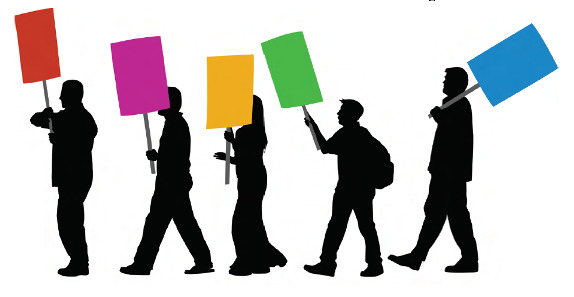The shortcomings or the weakness of the trade union movement in India are as follows:
- Lack of Balanced Growth: Trade unions are often associated with big industrial houses. A vast majority of the working population is without any union backing. The entire agricultural sector is highly unorganized in India. The agricultural workers are subject to all kinds of exploitation. The same is true with respect to those working in small scale and cottage industries. Lack of balanced growth of trade unions in all sectors is one of the major weakness of the trade union movement in India.
- Low Membership: Trade unions , with the exception of few have low membership.


